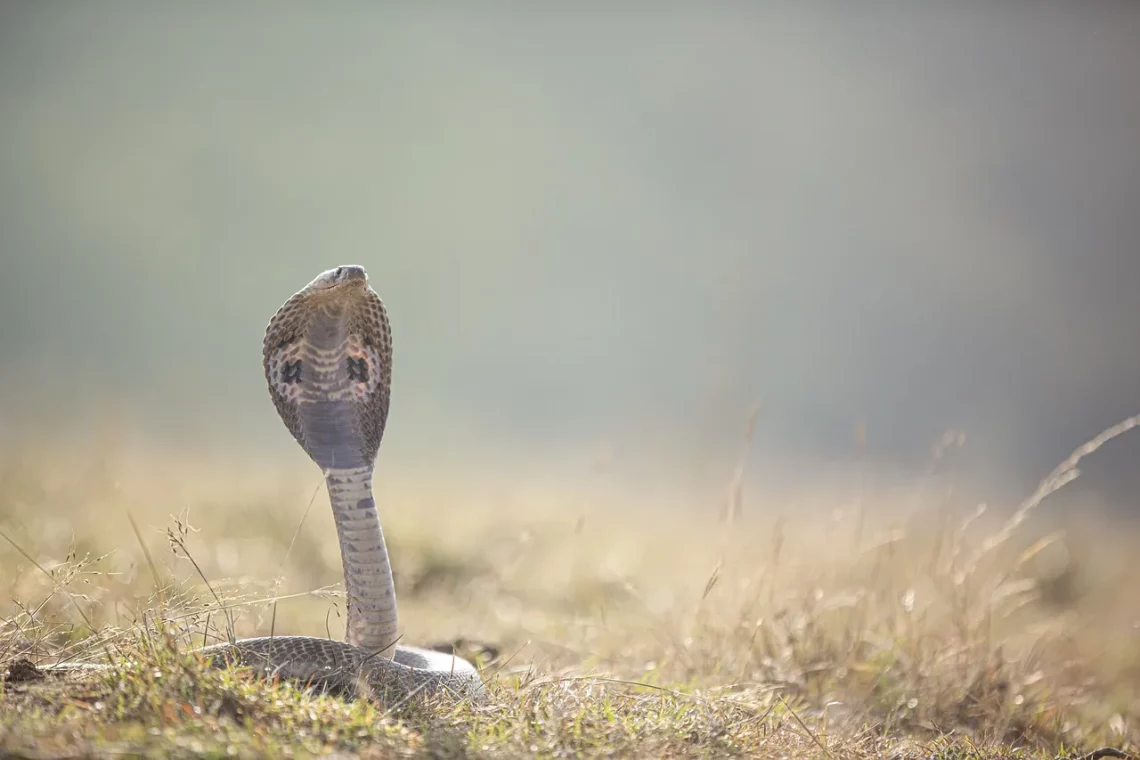
Understanding the Fascinating World of the Anal Snake Species
The world of snakes is as diverse as it is captivating. Among the myriad species, the anal snake stands out due to its unique anatomical and behavioral characteristics. This fascinating creature, often overlooked in the broader context of herpetology, invites both curiosity and intrigue. Snakes, as a group, are known for their adaptability and evolutionary success, thriving in various habitats across the globe. From dense rainforests to arid deserts, these reptiles have developed a range of survival strategies that allow them to thrive in diverse environments.
The anal snake, in particular, offers a remarkable glimpse into the complexities of reptilian life. Its specialized anatomy enables it to navigate its surroundings in ways that are both efficient and effective. These adaptations not only aid in survival but also contribute to its role in the ecosystem. Understanding the anal snake species is essential for recognizing the delicate balance within their habitats and the importance of conservation efforts. As we delve deeper into this intriguing species, we will uncover the nuances of its biology, behavior, and ecological significance, highlighting why it deserves a place in the spotlight of herpetological studies.
Unique Anatomical Features of the Anal Snake
The anal snake is distinguished by several unique anatomical traits that set it apart from other serpents. One of the most notable features is its specialized tail structure, which plays a crucial role in both locomotion and communication. Unlike many snake species that rely on their body for movement, the anal snake utilizes its tail in a more pronounced way, allowing for agile navigation through its environment. This adaptation is particularly advantageous in dense vegetation, where maneuverability is key to both hunting and evading predators.
Another striking characteristic is the anal snake’s skin texture. Covered in smooth, often iridescent scales, the skin not only provides protection but also aids in thermoregulation. The reflective properties of these scales can help regulate body temperature by reflecting sunlight, which is vital for maintaining optimal metabolic rates. Additionally, the coloration of the anal snake can vary significantly depending on its habitat, serving as a form of camouflage that enhances its ability to blend into surroundings and evade detection.
The head of the anal snake is another area of interest. It possesses a distinctive shape that can aid in its feeding strategies. Equipped with specialized jaw muscles and a flexible skull, the anal snake can consume prey that is significantly larger than its head. This unique feeding mechanism allows it to exploit a wider range of food sources, contributing to its adaptability and success as a predator.
Furthermore, the sensory adaptations of the anal snake are worth mentioning. It has a highly developed Jacobson’s organ, which enhances its ability to detect pheromones and other chemical signals in its environment. This adaptation plays a crucial role in locating prey, finding mates, and navigating through its habitat. Overall, the unique anatomical features of the anal snake not only highlight its evolutionary success but also underscore the intricate relationships within the ecosystems it inhabits.
Behavioral Adaptations and Survival Strategies
Behavioral adaptations are essential for the survival of the anal snake in its natural habitat. One of the most significant behaviors is its ability to remain motionless for extended periods, a tactic that serves both as a hunting strategy and a means of avoiding predators. By blending into its surroundings, the anal snake can ambush unsuspecting prey, capturing meals with swift and precise strikes. This strategy is particularly effective in environments where visibility is limited, allowing the snake to take advantage of its stealth.
In addition to ambushing, the anal snake exhibits a unique social behavior during mating seasons. Males often engage in competitive displays to attract females, showcasing their physical prowess and genetic fitness. These displays can involve intricate movements and posturing, which not only serve to impress potential mates but also establish dominance among competing males. This social interaction highlights the importance of behavioral adaptations in reproductive success and genetic diversity within the species.
Another fascinating aspect of the anal snake’s behavior is its use of environmental cues for navigation. These snakes are known to utilize visual landmarks and olfactory signals to orient themselves within their territory. This ability to navigate effectively is crucial for foraging, finding mates, and avoiding dangers. Such behaviors reflect a high level of cognitive complexity that is often underestimated in reptiles.
Moreover, the anal snake demonstrates a remarkable adaptability to changing environmental conditions. For instance, during periods of drought or habitat loss, these snakes can alter their foraging patterns and expand their range in search of food and shelter. This flexibility in behavior not only enhances their chances of survival but also emphasizes the importance of preserving their habitats to ensure their continued existence.
Ecological Role and Conservation Challenges
The ecological role of the anal snake is multifaceted, making it an integral part of its ecosystem. As a predator, it helps regulate the populations of various prey species, contributing to the balance of the food web. By controlling the numbers of rodents and insects, the anal snake plays a vital role in maintaining ecological stability. In turn, this balance supports the health of plant communities and the overall biodiversity of the habitat.
However, the anal snake faces numerous conservation challenges that threaten its survival. Habitat destruction, primarily due to urbanization and agricultural expansion, poses a significant threat to its population. As their natural habitats are fragmented or destroyed, anal snakes are forced to adapt to new environments, often with limited success. This loss of habitat not only reduces their available resources but also increases their vulnerability to predators and human activities.
Climate change is another pressing concern that affects the anal snake and its ecosystem. Altered weather patterns can disrupt their breeding cycles, food availability, and habitat conditions. For instance, increased temperatures may lead to shifts in prey populations, impacting the anal snake’s ability to find food. Additionally, extreme weather events can directly damage their habitats, further exacerbating the challenges these snakes face.
Conservation efforts are essential to ensure the survival of the anal snake. This includes habitat protection initiatives, public education about the importance of biodiversity, and research to better understand their ecological needs. By fostering a greater awareness of the anal snake’s role in the ecosystem, conservationists can work towards creating effective strategies that address the threats they face.
In conclusion, the fascinating world of the anal snake species is a testament to the complexity of nature and the interconnectedness of life. Understanding their unique adaptations and the challenges they encounter is crucial for fostering appreciation and support for conservation efforts that protect these remarkable reptiles.
**Disclaimer:** This article is intended for informational purposes only and should not be considered medical advice. For any health-related concerns, please consult a qualified healthcare professional.




